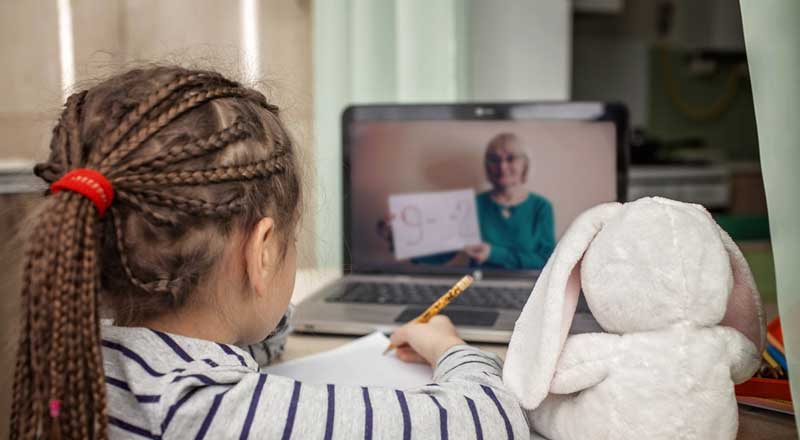How to Use Art Therapy for Children
When children have gone through a traumatic experience, such as abuse, a natural disaster or the loss of a loved one, they may not be able to express their emotions the way adults can. Often, children’s emotions and language aren’t developed enough for them to deal with the feelings they’re having. However, you can show a child how to find some peace and healing through art. When children don’t know the words to express themselves, art therapy allows kids to learn how to deal with their fears, anger and sadness–even when words fail them.
Step 1
Talk about the issues the child is experiencing. The first thing you want to do is broach the subject with the child so that he can access his emotions. This will allow him to prepare for the art therapy session. For instance, you might tell the child, "Let’s talk about _________." Or, you might say to him, "I understand that this made you very sad." This will make the child think about his experience.
Step 2
Show the child the feelings of others and discuss them. Show the child a sad picture, an angry picture or a scared picture that you have drawn or found. Tell the child what the picture represents. You might say something like, "This person is feeling very mad." You might then try to discuss with the child why the person in the picture is feeling mad. For example, "Do you think he is mad because _________?" If you can get the child to discuss the feeling in the picture with you, she will be more open to discuss her own feelings.
Step 3
Provide supplies and ask the child to draw his feelings. The first thing you want to do is have the child draw the feelings that he is experiencing. Provide him with paper and pencils, markers, colored pencils or paint. Do it with him so that he will understand the process. You might start drawing a picture of how you feel today and explain to the child what you’re doing. If the child is feeling sad, he could draw a picture of something that feels sad — allowing him to express those feelings through his artwork.
Step 4
Deal with the problem through art, to start the healing process. Depending upon the tragedy or trauma the child has been through, you can use art as a way to heal that child. For instance, if the child has lost a loved one, have her draw a picture of what she thinks heaven looks like and where her loved one is. If the child has witnessed a crime that was horrendous, have the child draw different ways that she is protected–police officers, a trusted adult, a place in which she feels comfortable or something else.
Step 5
Praise the child. It’s important that the child learns to trust you with his feelings, so praise the child–no matter what kind of art he has created. Whether it’s sad, happy, angry or something else, let the child know he has done an amazing job drawing his feelings. Let him know that it’s wonderful to be able to express feelings in such a creative way.




